On This Day…April 9th.
US Navy crewman loading .50 caliber ammunition on a F2A Buffalo, Naval Air Station Miami, United States, 9th of April, 1943.
...the same aircraft, Lieutenant Walter A. Haas in the cockpit.
Warships in Victoria Harbour, Hong Kong, 9-14 April 1928. Of the larger warships, left to right, are Japanese battleship Mutsu, Japanese light cruiser Tenryu, British carrier Hermes (more of her in a moment) and Japanese battleship Fuso.
An Advanced Servicing Unit work on a Spitfire of 145 squadron (Polish Fighting Team) at Gabes Gap, Tunisia, on April 9th, 1943. The pilot, Eugeniusz Horbaczewski was hit by a Bf 109 after himself shooting down a 109. He glided into the airfield after taking a canon shot to the engine a couple of days before this photo was taken.
A couple of days ago I wrote briefly of the sinking of the Dorsetshire and the Cornwall in the Battle of Ceylon, April 1942. Two days after the loss of those ships, the Royal Navy took a bitter blow at the loss of the HMS Hermes.
HMS Hermes was the first ship in the world to be designed hull up (and built) as a dedicated aircraft carrier. Her novelty caused many functional and procedural problems such as having too small a hangar capacity (only 20 aircraft could be stored). Her instability at high seas caused by the large starboard island was another example (this can be seen readily below; compare the island to subsequent carrier designs).
As Chuichi Nagumo's Japanese carrier fleet approached Ceylon on April 9th for a strike at Trincomalee, the British carrier left the port without any aircraft on board, managing to avoid the Japanese strike force. However, she was spotted by a Japanese reconnaissance aircraft (from battleship Haruna) southeast of Batticaloa, Ceylon.
Hermes and her escort attempted to turn back to Trincomalee where her fighters could be assembled to protect her, but they were never to make it. Hermes was attacked by a wave of 85 Japanese D3A carrier dive bombers escorted by 9 A6M Zero fighters.
At least 32 of the dive bombers attacked, hitting Hermes 40 times. She sank quickly, killing 307, Captain Richard F. J. Onslow going down with his beloved ship.
With no air cover, Hermes' escort, the Australian destroyer HMAS Vampire, was also sunk. The Japanese lost only four D3A dive bombers in the attack.
12 British Fulmar II fighters of No. 273, 803, and 806 Naval Air Squadrons arrived only after the sinking, two of them shot down by the Japanese. Most of the 590 survivors were picked up by hospital ship Vita and delivered to Colombo, Ceylon.
(The wreck of the Hermes, off Sri Lanka)
The painting above depicts an interesting and controversial event in aviation history. On the 9th of April, 1945, Hans Guido Mutke had been instructed to take his Me 262 on a training mission at high altitude.
Mutke climbed to about 36,000 ft (11,000 m) straight from takeoff. En route to his ceiling, his flight controller warned about a P-51 Mustang that was closing in on one of his cohort of trainees. He decided to fly to the aid of his colleague and pushed the jet into a steep left bank to dive towards the Mustang.
(Hans Guido Mutke's ‘White Three')
Within seconds of entering the dive, the aircraft began shuddering violently and the Messerschmitt's tail was buffeted back and forth. The airspeed indicator had reached a dead end at 684 mph (1,100 km/h), the plane took an even steeper nose dive, and the control surfaces were non- responsive.
Mutke reported that he was only able to regain control by forcing a change in the angle of the Me 262's horizontal stabilizer which helped him to reduce his speed sufficiently to pull out of the dive.
Common wisdom has it that on October 14, 1947, US Air Force Capt. Chuck Yeager became the first man to fly at Mach 1 (in a Bell X-1 experimental plane), 40,000 feet over the Mojave Desert. The first human to travel faster than the speed of sound.
Mutke came forward with his story in the 1990's when he claimed that the experiences he had on that day in April ‘45 were actually due to him exceeding the speed of sound. Many of the first pioneers of breaking the sound barrier reported extreme vibrations and buffeting when approaching Mach 1. This phenomena is caused by shock waves that form over the wings and stabilizer surfaces in transonic flight (where some parts of a plane are traveling supersonic while others are subsonic). Though it sounds bizarre, as an aircraft approaches the sound barrier, at Mach 0.95 (95% of the speed of sound) some parts of the plane, due to air acceleration, may be moving faster than Mach 1.
When the airflow reaches Mach 1 over any part of the plane, a shock wave will be created that can immediately change the plane's flight characteristics. This mixture of subsonic and supersonic flow around the aircraft may well have been Mutke experiencing man's first venture into supersonics speeds.
Of course, as Jeff Bailey would say, your mileage may vary...
(‘White Three' in the Deutsches Museum)
Talking of supersonic speed, on the 9th of April 1969, Captain Brian Trubshaw made his first flight in the British-built prototype of the Concorde. The 22 minute flight left from a test runway at Filton near Bristol, England, and landed at RAF Fairford in Gloucestershire.
USS San Diego (CL-53) at Mare Island Naval Shipyard, Vallejo, California, On 9th April, 1944; USS Cassin and USS Denver in the background.
Shortly after 4am on 9th april 1940, German troops crossed the Dano-German border in Southern Jutland, Denmark. German troops were simultaneously landed by ship in Gedser, Korsør and Copenhagen.
After short firefights in in Southern Jutland and German demonstration flights (above) over Copenhagen with bombers, the Danish government, overwhelmed, decided to end the fighting after just a few hours. Fighting had cost 16 Danish and 3 German lives - blitzkrieg tactics, indeed.
—————
Norway was also invaded by Nazi Germany on April 9th 1940. Hitler had issued the order for the invasion of Norway on March 1st under the code word “Weserübung”. The order also included the invasion and occupation of Denmark - above. This was the start of war in Western Europe – and an end to the ‘Phoney War'.
(Ju87 in Norwegian fiord, April, 1940)
Leichter Panzerspähwagen - Sd. Kfz. 221 - lies knocked out in Bredevad, Denmark, on April 9th, 1940.
And on this day, 9th April, 2019, we lost Dick Cole, Doolittle Raider (second from the right).
God speed.
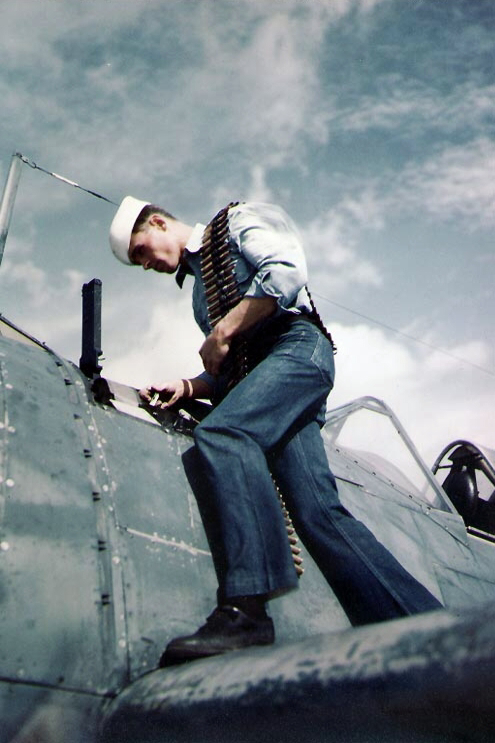

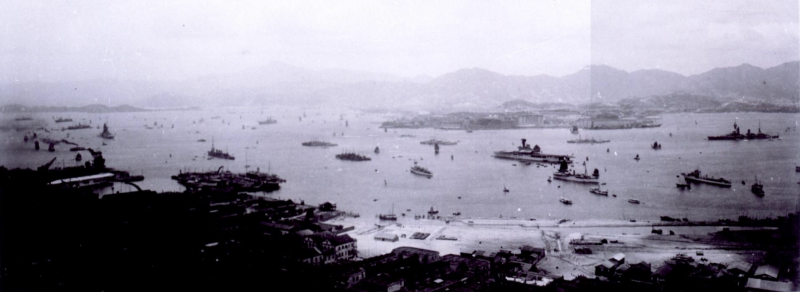

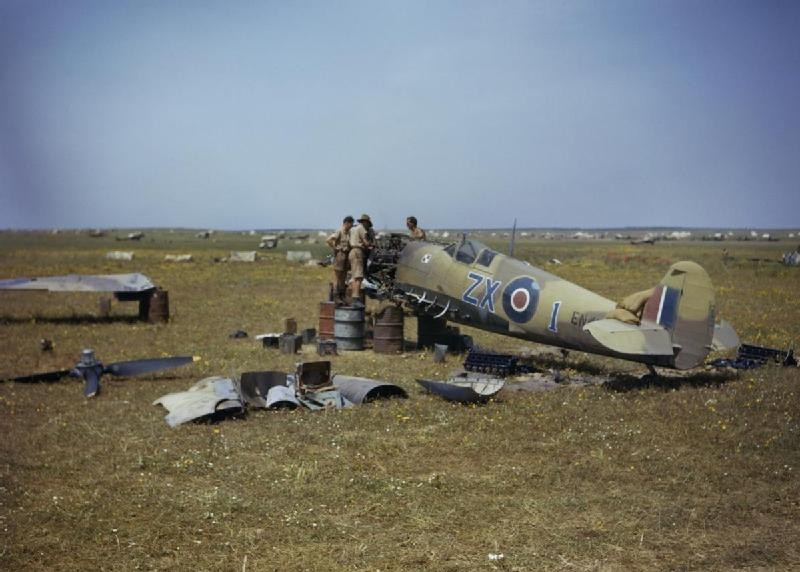


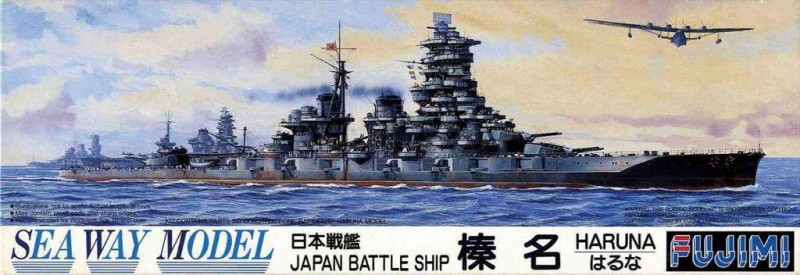
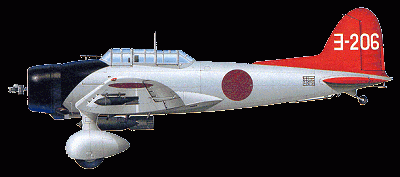
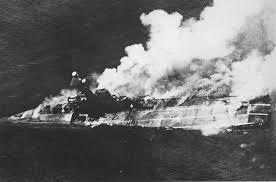
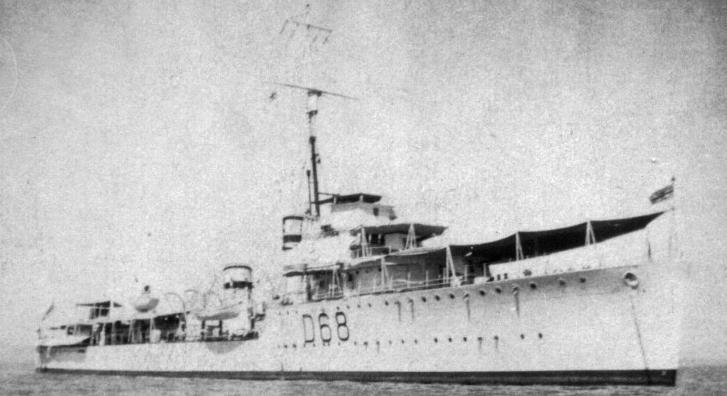
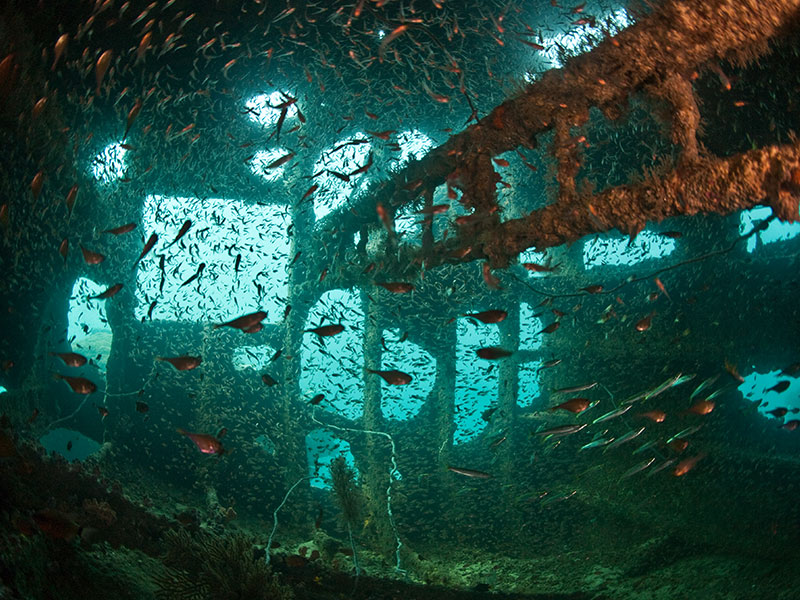

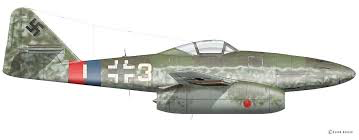

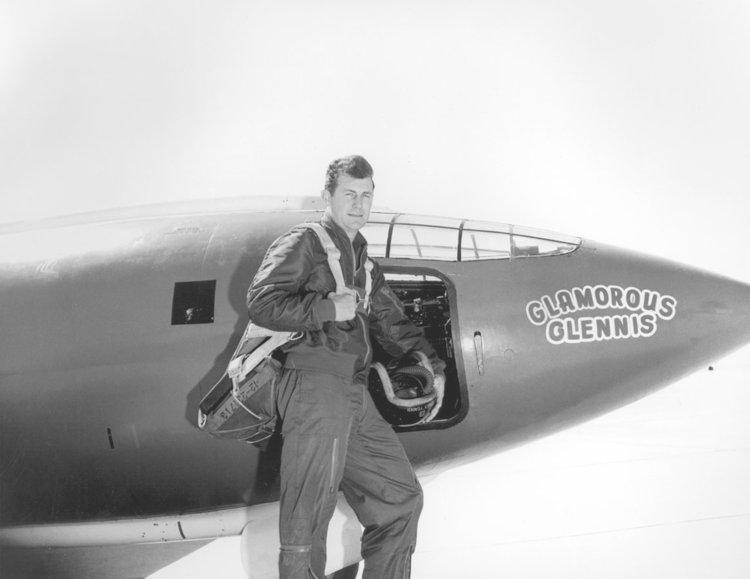

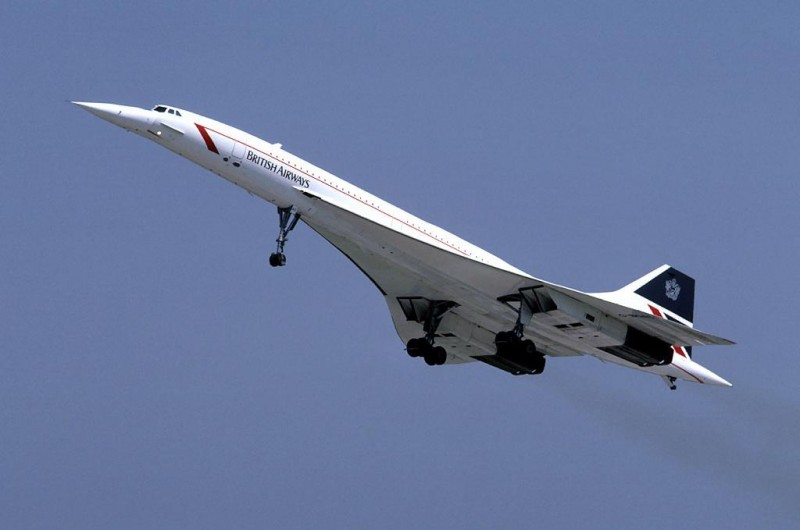

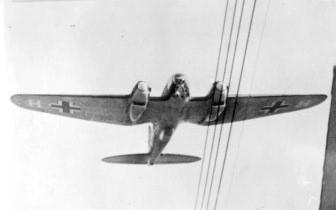


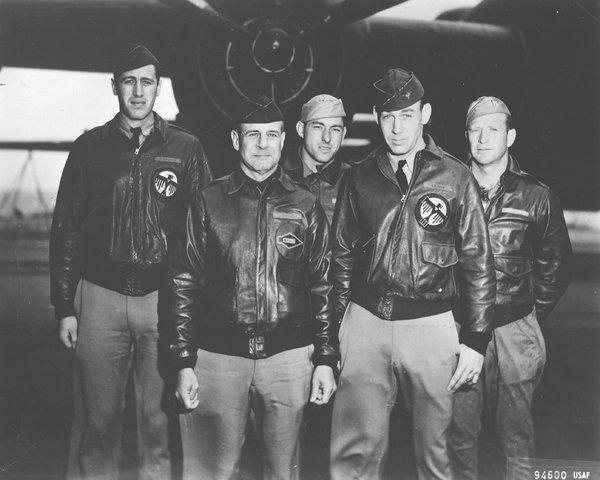
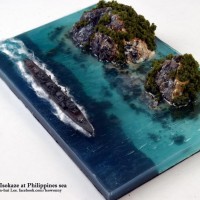
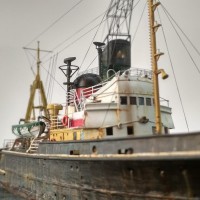
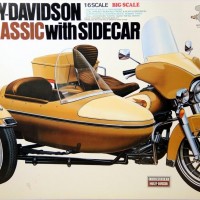

Ahh the Concorde. I live along the flight path for one of the runways for Kennedy airport, I think that there were two flights of the Concorde that came in, one A.M. and one P.M. The beauty of design and the power of the engines caused one to just have to look up and watch it go bye.
David,
Can’t know the amount of time you put into this article every day—but Pal—we appreciate it.
Not as much as you’d think, Matt - as I said to someone yesterday, I think it’s a genetic defect...
I met Dick Cole several times here in Houston at the Annual 'Wings Over Houston' show. Always made small talk and never questioned his experiences. Surprised that after the first time, some 10 years or so ago, he would still remember my face and name.
We've lost a true Hero.
CAVU Lt. Col. Richard “Dick” Cole, blue skies and fair winds.
1 attached image. Click to enlarge.
Thanks, James. So close to he Doolittle anniversary, too. That said, I’m sure Dick was ready.
RIP Lt. Col. Richard Cole...
He sounds like a true gentleman. Those of you who have had the good fortune to meet him in person count your blessings.
We have just watched a chapter in our recent history go from living proof, to something that is now relegated to only what is written the history books,
and kept alive in our memories... or in our display cabinets with various models of B-25 "Doolittle Raiders".
Rest in Peace.
It's highly unlikely Mutke could have exceeded Mach 1 due to the fact that the Me-262 has a limiting Mach number of 0.87 and its tail is designed wrong for supersonic flight. He would have been so far out of control at mach unity that the airplane would have disintegrated. However, the point of using the adjustable stabilizer to pull back into control is accurate. In fact, the Me-262's adjustable stabilizer was adopted by North American (along with the leading edge slats for low speed control) on the F-86 and became the "all flying tail" of the F-86E (following tests of the adjustable stabilizer on the X-1) that allowed the F-86E to exceed Mach 1 under control (the F-86A didn't have the all-flying tail, and when it went supersonic it was actually exceeding its limiting mach number by about 0.02 and was actually on the verge of being out of control - several F-86As were lost over Korea going supersonic in a dive). The reason the Me-262 could not have exceeded its limiting mach number and go supersonic is the same reason the MiG-15 and the Hunter couldn't do so: the horizontal stabilizer is too high, and would have been blanked by the shock waves coming off the nose and the leading edge of the wing, which would have put the airplane out of control as it "lost" its tail. Essentially that is what happened to the X-1A in the famous "hypersonic tumble" in 1953, and is why nowadays you find supersonic airplanes have big tails (so they stick outside the shock wave) and their horizontal stabilizers are low on the tail (so they're not blanked by the wing shockwave).
No, I'm not an aeronautical engineer, but I just did a lot of research on this for the next book, "MiG Alley: the US Air Force in Korea."
This isn't to say Mutke didn't experience all the problems of near-Mach 1 flight experienced by the other early pioneers. Like them, he had found Mach 1 to be "the sound barrier" due to the design of his airplane.